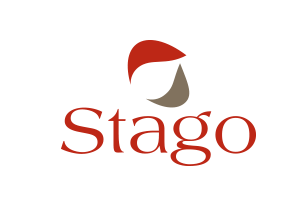The Thrombin Generation assay represents a global coagulation test, able to provide in a single experiment, a global overview of the haemostatic status of an individual.
The Thrombin Generation experiment is conducted over physiological timescales and under physiological conditions; Its use in research is well established, where it has found application in the understanding of physiological mechanisms of haemostasis and the compounds which affect it. Simply put: “The more thrombin the less bleeding but the more thrombosis, (and conversely) the less thrombin the more bleeding but the less thrombosis” (H.C Hemker, inventor of the modern method of thrombin generation).
Stago offers a range of instruments and assays that can undertake the thrombin generation assay. The most recent and innovative of these is the ST Genesia, designed to be fully automated with a range of CE marked reagents. Offering ease of use and full traceability, it is designed to enable Thrombin Generation to be easily adopted in clinical research and practice. Find out more in the video!
Request more information about the ST Genesia
How is the measurement made?
The Thrombin Generation experiment is undertaken on a sample of plasma, which is commonly platelet poor. To this an initiator is added and the rate of thrombin generation is measured by the ability of the de novo thrombin to cleave a peptide from a fluorophore and induce fluorescence in the sample. The rate of development of the fluorescence is proportional to the thrombin present and is measured by the instrument to produce a time-trace known as a thrombogram. Watch the video below to see this in action!
